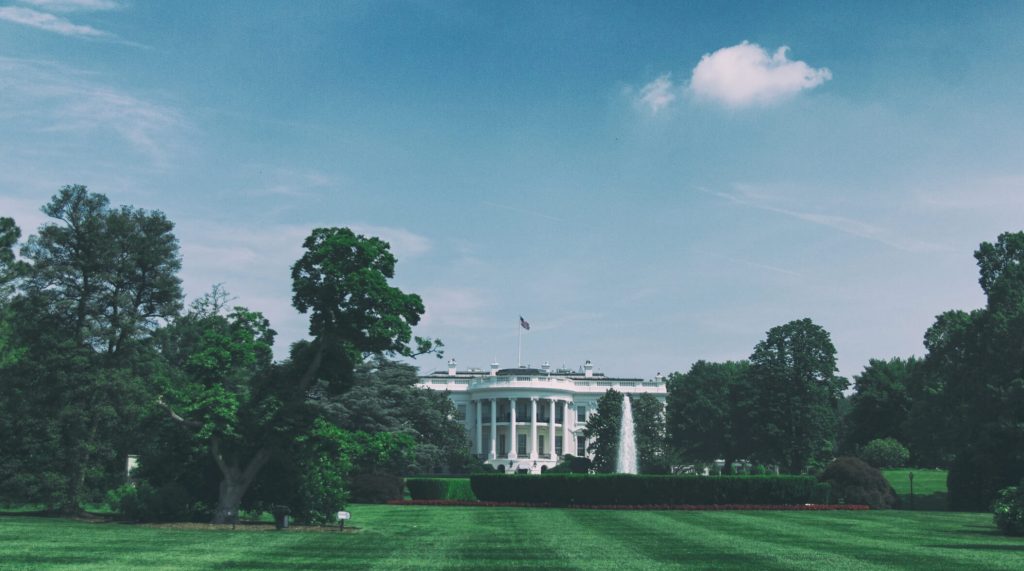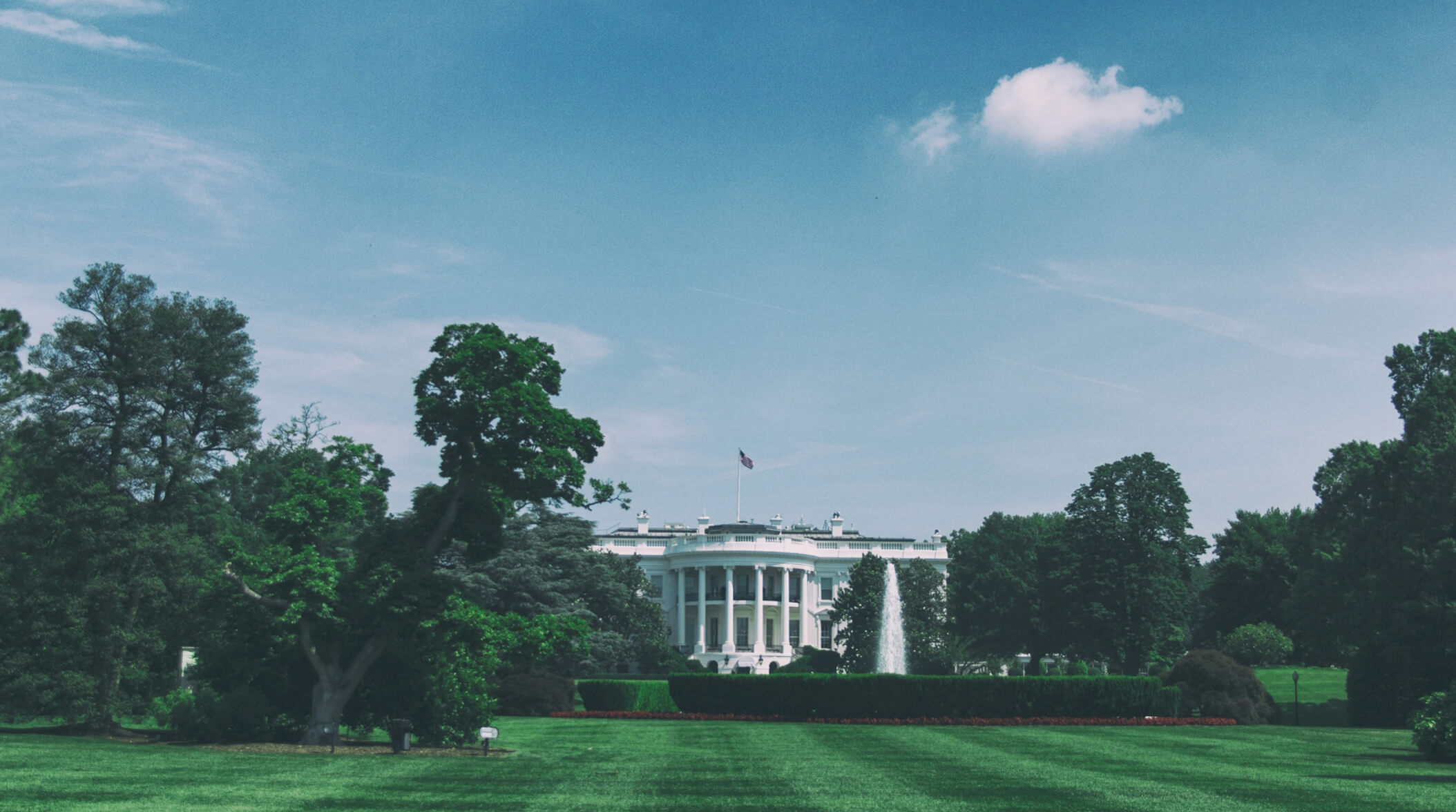What if Student Loans are not cancelled by Executive Order?
There is ongoing debate as to whether President Biden has the legal authority to enact student loan cancellation by executive order without further congressional authorization.
Senator Warren, Leader Schumer and Representatives Pressley, Alma Adams, Ilhan Omar, and Mondaire Jones signed on to a student cancellation resolution pushing Biden to Use Executive Action to Cancel up to $50,000 in Federal Student Loan Debt Immediately.
Increasingly, borrowers are directly showing support for government relief. Two thirds of Americans support some form of forgiveness and over 1 million signatures have been registered on a Change.org petition.
Recently President Biden asked his Education secretary, Miguel Cardona, to research and prepare a memo on his legal authority, but what If Biden doesn’t (or cannot) enact student loan cancellation?
At the moment, the president appears to have three possibilities.
- No student loan forgiveness.
- Forgive $10,000 off each borrower’s loans
- Forgive $50k each

- No student loan forgiveness.
Biden may simply refuse to erase any additional student loan debt, leaving borrowers in the same situation as before. However, since taking office in January 2021, the administration has already cancelled more than $17 billion in student debt, making this route seem unlikely.
The president is also under political pressure to act on student debt, particularly from liberal far left Democrats. The issue could become a point of contention in the upcoming midterm elections, and Democrats are unlikely to profit from inaction.
- Forgive $10,000 off each borrower’s loans
Biden promised to cancel $10,000 in federal student loans per borrower on the campaign trail in 2020. That appears to be the current strategy being pursued by the White House.
On May 27, two White House officials told The Washington Post that Biden’s plan would allow people earning less than $150,000 in the preceding year or married couples filing jointly earning less than $300,000 to receive $10,000 in debt forgiveness.
Some reports state that Biden had planned to make the announcement during his commencement speech at the University of Delaware on May 28, but the date had to be rescheduled owing to the school massacre in Uvalde, Texas.
Because no official statement has been made, it’s unclear how the system will filter for income eligibility. However, if the administration’s proposal goes through as planned, one-third of student debtors will have their loans forgiven, and another 20% will have their total debt reduced by at least half.
According to Department of Education data, 33% of borrowers have debts of less than $10,000, 20% have debts of $10,000 to $20,000, and 21% have debts of $20,000 to $40,000.
- Forgive $50k each
Because no final choice has been made, President Biden could choose to erase $50,000 in student debt per borrower, which would help a larger number of people, particularly those with the most debt.
Senate Majority Leader Chuck Schumer and Senator Elizabeth Warren have pushed Biden to use executive action to erase up to $50,000 in student loan debt per borrower. But in all recent coverage of this debate, Biden has declared that he is not considering this option.
What about Congress?
Congress could also cancel up to $50,000 per borrower. Sounds good, but the problem is that Congress currently does not have enough votes to get it over the finish line. Broad support exists for higher education reform across party lines, but strong enough Republican support to pass this legislation is unlikely.
US Bankruptcy code could be revised to allow easier inclusion of student loan forgiveness. This may be an issue with more common ground for Democrats and Republicans. Under current law, student loans are significantly harder to get discharged than other types of unsecured debt, but it is sometimes possible.
Student loans require an extra step, which is filing an “adversary proceeding”. This is a request that the bankruptcy court agree that repayment of the debt would impose undue hardship on not only you, but also your dependents. (More detailed info can be found on studentaid.gov)
Congress could simplify the existing student loan repayment programs. There are currently four income-driven repayment plans.
- Income-Based Repayment (IBR)
- Pay As You Earn (PAYE)
- Revised Pay As You Earn (REPAYE) and
- Income-Contingent Repayment (ICR)
When enrolled in one of these programs your monthly payment is based on your discretionary income and family size. Theoretically, at the completion of your repayment term of 10 – 25 years (depends on the program) the balance of your federal student loan is “forgiven”. Currently the borrower is required to actively enroll annually to stay in their program. Congress could revise this by making enrollment automatic with the ability to “opt-out”. They could also reduce the number of years required for cancellation. Forgiveness instead of cancellation
As the battle become more uphill, several U.S. senators and representatives took a break from pushing student loan cancellation to instead focus on forgiveness. In a letter to the Secretary of Education they proposed changes to the current forgiveness plan by allowing all federal loans to be eligible, making all student loan payment plans eligible, easing the restrictions that student loan borrowers must work in public service to receive forgiveness, and sharing employment information across federal and state governments to simplify employment verifications.
While these are simply options, and there are others, one thing the President and all of Congress do agree on is that higher education reform and student debt are important issues and will continue to be a high priority for the coming months, if not years.
Have questions regarding False Certification Cancellation, or any other type of student loan
programs that are available? Contact TitanPrep now

Leave a Reply